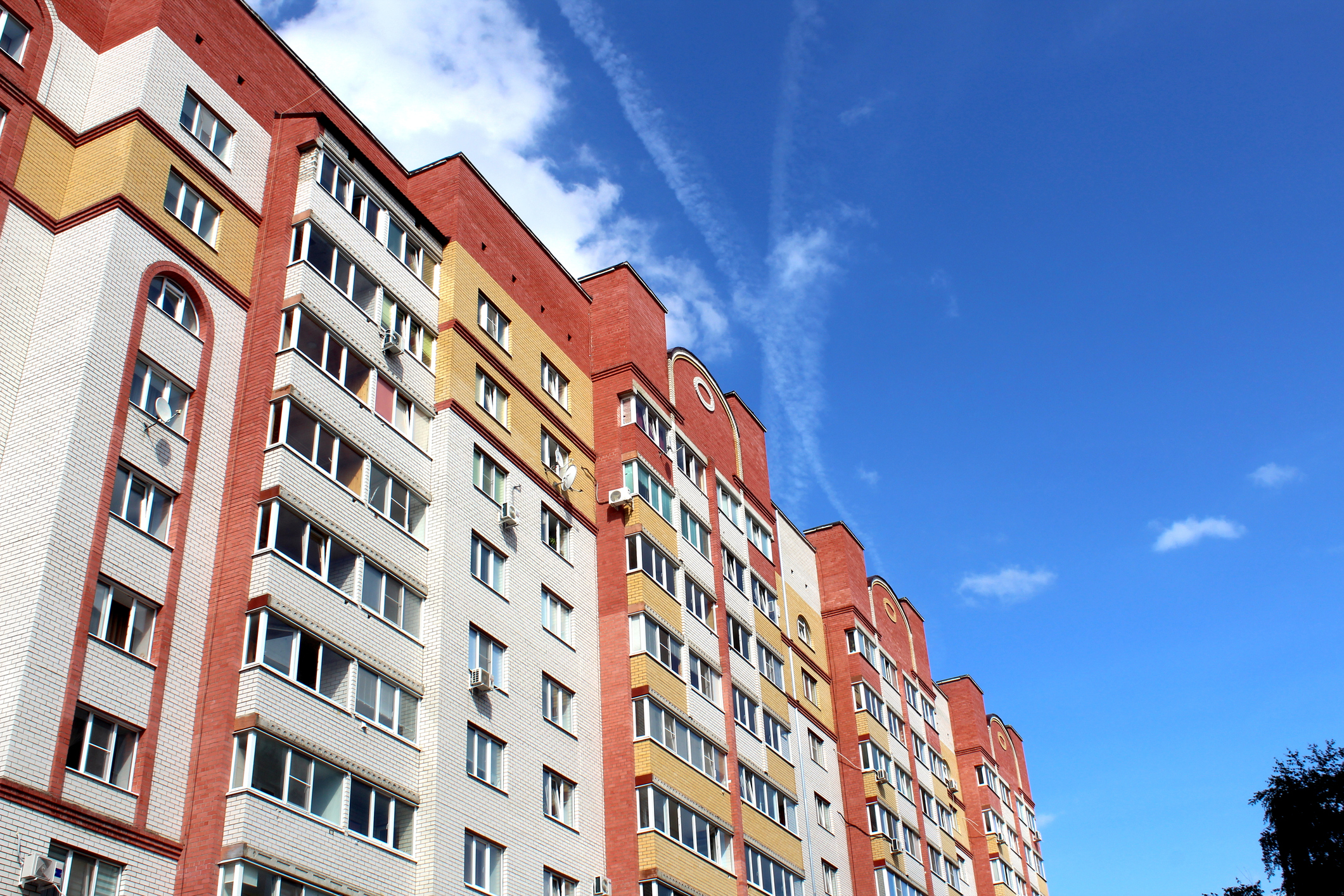LIHTC Program: An Impactful Affordable Housing Financing Resource

As renters face a national shortage of 7 million low-income rental homes, the U.S. Department of Housing and Urban Development’s (HUD) Low-Income Housing Tax Credit (LIHTC) program is pivotal in helping to close the affordability gap for renters. It is the nation’s most significant resource for affordable apartment housing construction, which gives state and local agencies approximately $10 billion in annual budget authority to issue tax credits for affordable housing development.
What Is the LIHTC Program?
Created by the Tax Reform Act of 1986, the program offers tax credits that provide a dollar-for-dollar reduction in investors’ tax liability in exchange for equity investment in affordable housing projects. The LIHTC program is particularly attractive because developers can sell these tax credits to private investors, raising substantial equity for their projects and reducing the necessary debt burden.
In exchange for receiving tax credits, developers are required to keep a certain percentage of their units affordable to low-income tenants, and rents must be capped at a percentage of the location’s area median income (AMI). These affordability requirements typically extend for at least 15 years, creating long-term housing stability for communities.
A Long Track Record of Success
The program has made a notable impact on affordable housing supply in the U.S. over the last several decades. Since 1986, it has:
- Facilitated the development of more than three million affordable housing units
- Attracted more than $100 billion in private investment for affordable housing projects
- Generated more than $323 billion in wages and business income, including significant contributions to local economies
Innovative Uses of LIHTC
Cities and states have found innovative ways to fill in the funding gaps from the LIHTC program as construction and other costs continue to rise. Many local governments have combined LIHTC with funding from the 2021 American Rescue Plan Act to bridge financing gaps, for example. Several states have also added their own incentives to enhance LIHTC’s incentives, such as:
- California: The state enacted density bonuses in 2024 as an add-on to LIHTC projects, allowing developers to build more units than typically permitted under zoning laws when they include affordable housing.
- New York State: New York combines LIHTC with its 421a tax exemption program, providing tax exemptions for new multifamily residential buildings that include affordable units.
- Texas: Low-income families can pair LIHTC with the Bootstrap Loan Program, which offers loans for self-help housing construction.
Key Benefits of the LIHTC Program
The program offers multiple advantages that make it an essential tool in creating more affordable housing for communities across the country. Three topline reasons why LIHTC can increase profits and improve livability are:
- Reduced financing costs: By leveraging tax credits, developers can minimize debt requirements, lowering overall financing costs and improving project viability.
- Stimulates local economies: Beyond housing, the program creates construction jobs and enhances the quality of life for residents.
- Financing flexibility: LIHTC can be combined with various funding sources, including grants, loans, and other tax credits, providing developers with versatile financing options.
What Types of Loans Align with LIHTC?
The program works well with several types of loans, including:
- Fannie Mae and Freddie Mac conventional loans
- FHA 221(d)(4) Loans for new construction and substantial rehabilitation
- FHA 223(f) Loans for acquisition and refinancing of existing multifamily properties
Help Close the Affordable Housing Gap with Arbor
For decades, affordable housing has been a core part of Arbor’s business model as we have long recognized its social importance and financial viability. With a strong market outlook and soaring demand for affordable housing solutions, LIHTC continues to be very attractive.
By choosing experienced lenders who know how to navigate the complexities of the affordable housing sector, developers can maximize the benefits of the LIHTC program while making a long-term positive impact in their communities. Contact Arbor today to learn how our seasoned team can help you get your affordable housing project off the ground.
Interested in the multifamily real estate investment market? Contact Arbor today to learn about our array of multifamily, single-family rental, and affordable housing financing options or view our multifamily articles and research reports.

